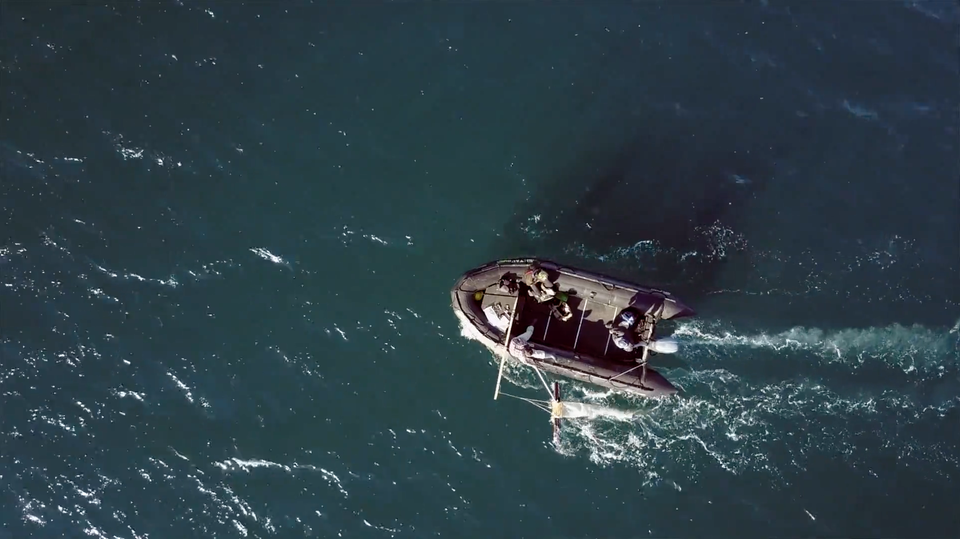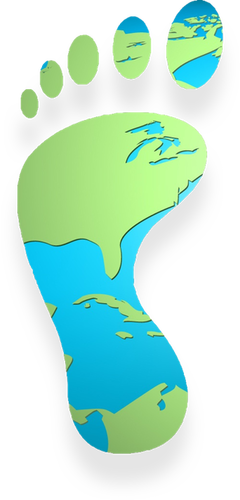GettingHelp
Lookingforanswersinvolvesmorethanjustcombingthebeachesfortrash.Italsoinvolvestalkingtopeopleinthecommunity.Often,peoplewholivenearthebeachesknow theplasticsbetterthanwedo.Theycanhelpusanswerquestionsaswedobeachcleanups together.
Justbecausethereisplasticonthebeaches,doesn’tmeanthatpeoplewholiveintheareaaretoblame.Onceplasticisintheocean,itcanbemovedallovertheworldbywavesandoceancurrents.That’swhywealsogooutwithfishersontheirboatstofindplasticsstillinthewater.Weuseahomemadenetdevicetosnagplasticsfromthewater.Thenetisdraggedalongsidetheboataswe travel.
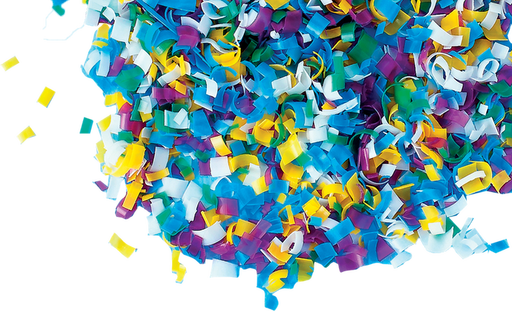

UsingtheMarineDebrisTrackerApp,IcanrecordwhattrashIfindandwhereit is.
Withthisappanddatabase,anyoneintheworldwhoisinterestedinlearningaboutourplasticpollutionresearchcanlookupourfindings.And,there’smore.Thisfreeappcanbeusedbyanyone.Even you.
Easy‑to‑usescientifictoolslikethisappareapartofamovementcalledcitizenscience.Itmeansthatanyone—evensomeonewhoisn’ta“scientist”—cangooutandcollectdata,too.So,ifyoufindplasticsononeofyourbeachesorevenonyourlocalsidewalks,youcanaddittothebodyofdataweare collecting.
Bymappingourplasticpollutiontogetheracrossvariousplaces,wecancomeupwithabetterpictureoftheproblemand,hopefully,somesolutionstopreventingfurtherpollutioninour waterways.
MakingaRecord
Aswemakeourmonthlyroundstothebeaches,wearebuildingarecordofwhatwefind.Butwedon’twriteeverythingdowninournotebooks.Instead,weuseourcellphonestoreportwhatwefindonanappcalledMarineDebris Tracker.
Allofourdatagoesintothisdatabase.Puttingourdatainonecentralplacehelpsuskeeptrackofwhatweknowandhelpsustobuildtheplasticsprofileofeachbeach.Italsoallowsustoshareourdata.Andthisisveryimportanttotoday’s scientists.
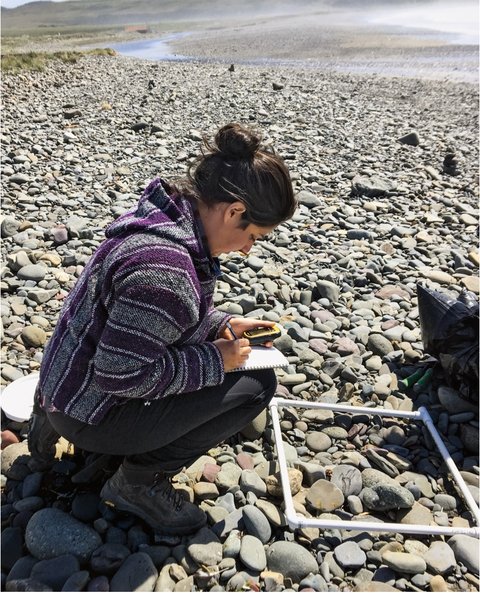
IkeepcarefulrecordswhenI’mworkinginthe field.
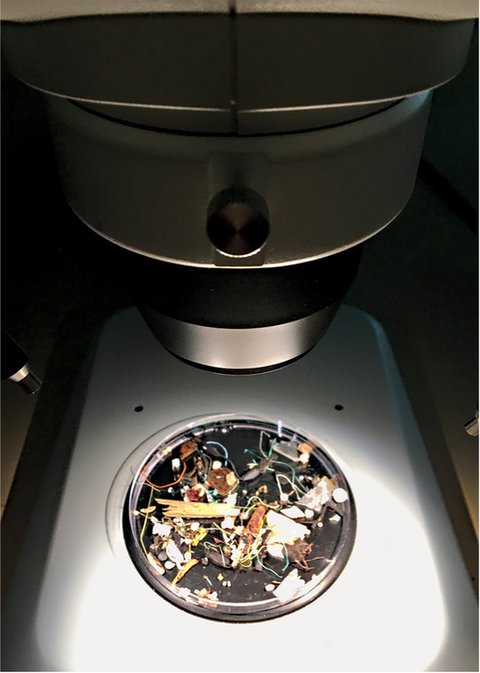
Evenunderamicroscope,it’ssometimeshardtoidentifyplastictrashandwhereitcame from.
MovingForward
Theplasticsproblemfeelsbig,anditis.
Somepeopleassumethatit’sanunsolvableproblem.Whattheydon’trealizeisthatwehavethepowertosignificantlyreduce—ifnoteliminate—this problem.
Itmeanscollectingalotofdata,and
itmeansworkingtogethertocreateandimplementsolutions.Wecanallmakeadifference.Whetherit’scombingthebeaches,recordingandpickingupplasticpollution,orchangingourbehaviors—likenotusingsingle‑useplasticslikestraws,bags,andcontainersinourschoolsandhomes—wecantogetherhelptomakeouroceans cleaner.
Idon’tmindpickinguptrash.Notreally.Becauseindoingso,I’mworkingtowardasolution.Youcanhelp, too.
